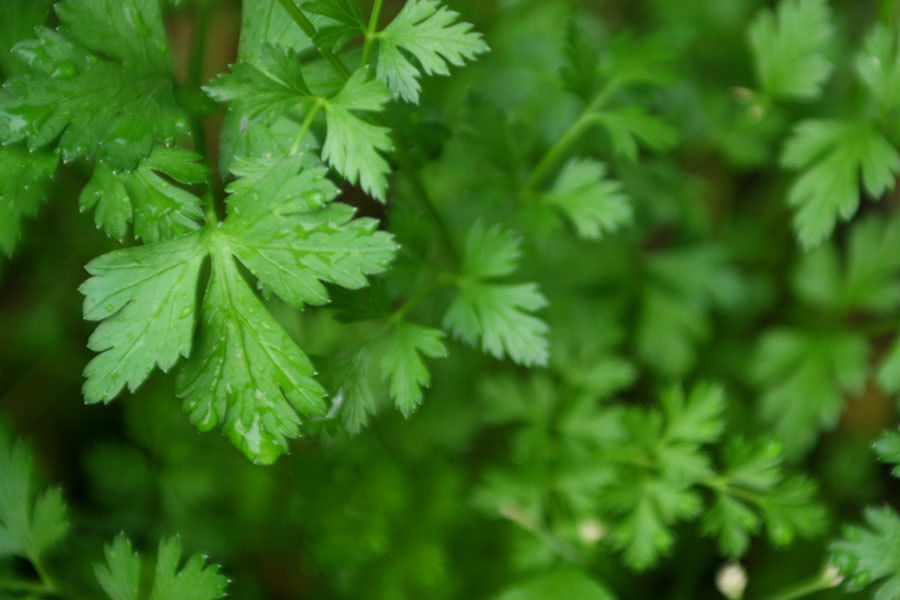- A.Manning
- Jun 14, 2023
- 2 min read
Updated: Jul 5, 2023
Tackling Invasive Red Cedar in 2023: The Best Way to Get a Complete Kill in One Application
Invasive species are a significant concern for ecosystems worldwide, and the red cedar (Juniperus virginiana) is no exception. This hardy tree has rapidly spread across many parts of the United States, damaging native ecosystems, agriculture, and the economy.
One potential solution to this growing problem is hexazinone, a powerful herbicide. In this blog post, we will explore the challenges posed by invasive red cedar and the benefits of using hexazinone to halt its spread. We hope this post helps you explore the best way to kill invasive cedar before it destroys your native ecosystems.
Native to the eastern United States, the red cedar has rapidly spread into grasslands, forests, and agricultural lands, causing a range of issues:
Biodiversity Loss: The proliferation of red cedars can lead to the displacement of native plant species, reducing overall biodiversity and disrupting local ecosystems. This, in turn, can impact the fauna that depends on native flora for food and shelter.
Altered Fire Regimes: Red cedars increase the risk of wildfires by increasing fuel loads and changing natural fire patterns. In grassland ecosystems, the encroachment of red cedars can lead to the loss of natural fire regimes, which are essential for maintaining biodiversity and ecosystem health.
Water Resource Depletion: Red cedars are known for their high water consumption. As they spread across landscapes, they can significantly reduce water availability for other plant species and affect local water resources.
Agricultural Impact: Invasive red cedars can decrease forage quality and quantity for livestock and compete with crops for essential resources, reducing agricultural productivity.

Hexazinone: A Powerful Ally
Hexazinone, a broad-spectrum herbicide, has proven effective in controlling the spread of invasive red cedar. Some of the benefits of using hexazinone include:
Targeted Control: Hexazinone can be applied in a targeted manner to minimize harm to non-target plants. This reduces the likelihood of negatively impacting desirable vegetation, such as native grasses and forbs.
Long-Lasting Effects: The residual activity of hexazinone in the soil can help control red cedar seedlings and saplings for an extended period, preventing the invasive species' rapid re-establishment.
Cost-Effectiveness: Compared to other control methods such as mechanical removal, spraying, or hack and squirt, hexazinone can be more cost-effective and less labor-intensive. This allows land managers and property owners to allocate resources more efficiently.
Compatibility with Other Management Practices: Hexazinone can be combined with other management practices, such as prescribed burning or grazing, to enhance the overall effectiveness of controlling red cedar.
While the spread of invasive red cedar presents significant challenges to ecosystems, agriculture, and the economy, hexazinone offers a promising solution. Applying this herbicide judiciously and with other management practices can help slow the spread of red cedar and protect our native ecosystems. As the spread continues mostly unabated, hexazinone tablets must be considered one of the best ways to kill invasive cedar in 2023.


